6 Buy-to-Let Blind Spots to Address Quickly
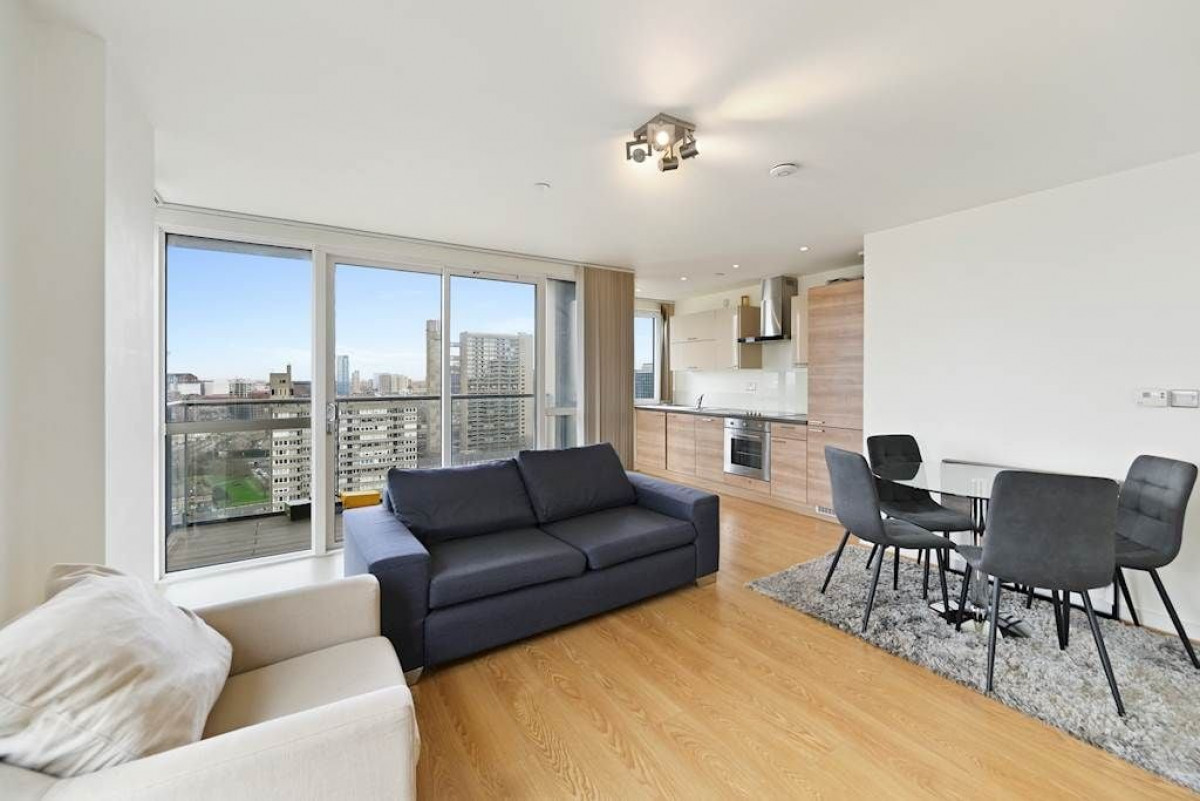
Buying a rental is a big investment, and a long-term one at that, but they can quickly turn into money pits if you're not careful to carry out due diligence. When you're viewing a potential buy-to-let, there are certain blind spots that you might otherwise overlook that could turn out to be financial drains. In this blog, we'll go through a few of the areas you should check carefully before signing on the dotted line, to make sure you're getting the best price without future expenses.
Damp and Mould
Many older properties suffer from damp problems, and that can lead to some significant repair work and unhappy tenants later on, if not caught early on. For buy-to-lets, you'll no doubt be on the lookout for obvious smells of damp or signs of mould on walls and surfaces, but you also need to check for signs of rising damp by checking the exterior of the property. If rising damp is present, you might see green algae on the walls or base of the property, but other signs are peeling wallpaper inside and discolouration or tide marks on the walls.
Cracks in the Walls or Signs of Subsidence
Subsidence is a serious issue for any property owner and it can lead to the eventual collapse of the building if it's not resolved immediately. Measures to repair it are not cheap, so unless you will get a significant discount on the price of a property with subsidence, it's rarely worth taking it on, not least because you'll have to declare it when getting the property insured.
Signs of this problem include cracks around windows and doors, cracks running through several bricks, or doors and windows that are sticking in the frames. But other hidden signs of a problem are uneven or damaged floors, especially if there are gaps at the corners of skirting boards, and signs of filler or recent redecoration that aims to cover internal cracks.
Pest Infestations
Pests are not just a nuisance for tenants, they're also a major expense for landlords. When you're shopping for a buy-to-let property, check carefully for signs of pests that might be overlooked, such as ants or silverfish, but also for small holes on skirting boards or in corners of rooms where mice or rats may get in. It's also worth looking for chew marks around electrical outlets and wires which rodents are often drawn to. Thoroughly examine lofts and basements, and look around cookers, dishwashers or pipework where bugs can gather.
Gaps Around Windows
If you're viewing the property in the summer, you might not think to check the windows, but by the time the winter months hit, poor sealant around them or cracks in the frames will become more apparent. These can be easy to miss, especially if you've just given the windows a cursory glance, but take the time to check each window individually and identify any gaps around the window itself that could be letting cold air in or warm air out.
Pay close attention to the glass panes as well – look for any chips, cracks or fogginess between the panes on double-glazed units, which can indicate a seal failure and reduction in insulating capability. These issues can cause damp and mould problems in the winter and will make for an uncomfortable environment for your tenants as the colder temperatures hit.
Insulation
Insulation is something we think of for the winter months, but it's actually beneficial for energy efficiency year-round. It will significantly lower the carbon footprint of the rental and help your tenants keep their energy bills down, so it's a win-win. Insulation comes in various forms and it's well worth checking what the property has in place before you invest.
If the existing insulation is found to be inadequate or lacking altogether, there are schemes in place to assist landlords with upgrading. The government has implemented the Great British Insulation Scheme specifically for private rental properties with an Energy Performance Certificate (EPC) rating of E or lower. This scheme provides financial support and resources to help landlords improve the insulation and overall energy efficiency of their properties that fall below the desired EPC rating.
Electrical Systems
When looking for a buy-to-let investment property, it is crucial to thoroughly inspect the electrical system to ensure compliance with safety regulations and to identify potential renovation costs. Since June 2020, landlords are required to get a satisfactory Electrical Installation Condition Report (EICR), carried out within the last 5 years, before legally letting a property. Even if the property is currently a rental, the previous landlord may not have undertaken necessary remedial work if an unsatisfactory EICR was issued. If it wasn't, it's likely that the electrical system will need upgrading or rewiring.
During the inspection, carefully examine for signs of damage or wear in sockets, lights and other electrical fixtures, and check for outdated components, such as fabric-coated electrical flex and old-fashioned light switches that could be a giveaway that the electrics are in need of an upgrade.
Additionally, inspect the fuse box or consumer unit for signs of ageing or outdated technology. Replacing an old fuse box with a modern consumer unit can cost around £300 or more, depending on the complexity of the work, and is well worth the investment.
Unless you're buying a brand new property, it's likely that you'll need to carry out some repairs before your investment is ready to put on the market for new tenants. Often, making a profit as a landlord requires you to buy a cheaper property and renovate, but you need to be careful to ensure that you're only needing to make cosmetic changes and not structural repairs. Whether it's signs of pests, foundational problems or internal issues that the seller is trying to cover up, be aware of these blind spots to avoid investing in a money pit.
Picture is from a stunning 1 bed apartment within the fantastic Panoramic Tower on a high floor with views across London available to let May 2025. For the full listing please click here.

Why Stay in the PRS? A DIY Landlord’s Guide to Riding the Market Wisely
30.10.2025If you're a landlord feeling under pressure from new legislation, rising costs, or uncertainty around mortgage rates, then you're not alone. But before you hang up your keys, take a breath. The Private Rented Sector (PRS) is still a viable-and profitable-place to be. Here’s why some landlords are choosing to stay, what the data says about yields and mortgage pressures, and how DIY landlords can make it work.
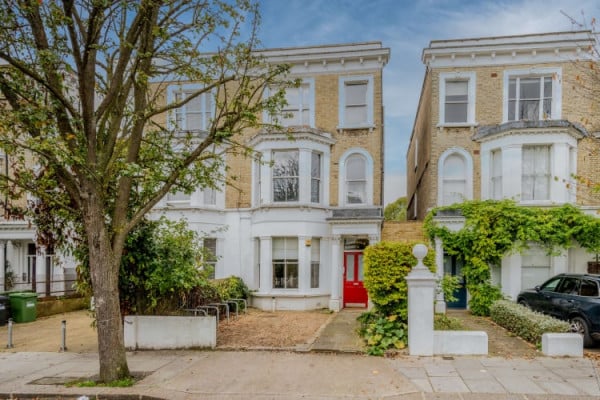
The Renters’ Rights Act: What Landlords Need to Know Now
30.10.2025The Renters’ Rights Bill is now law; and landlords need to be ready. From the end of Section 21 evictions to tougher property standards and new compliance rules, the changes are significant. If you're a landlord or thinking about selling a tenanted property, this is your heads-up to get ahead of the curve. Read our updated guide to learn what’s coming and what you can do now.

Making Tax Digital: What Landlords Need to Know in 2025
01.10.2025HMRC recovered a record £107 million from landlords in 2024/25 - a stark warning for those behind on tax compliance. With Making Tax Digital (for Income Tax) landing in April 2026, now’s the time to get your digital books in order. This guide explains who’ll be affected, what you’ll need to do, and how to claim every allowable expense without overstepping legal lines.
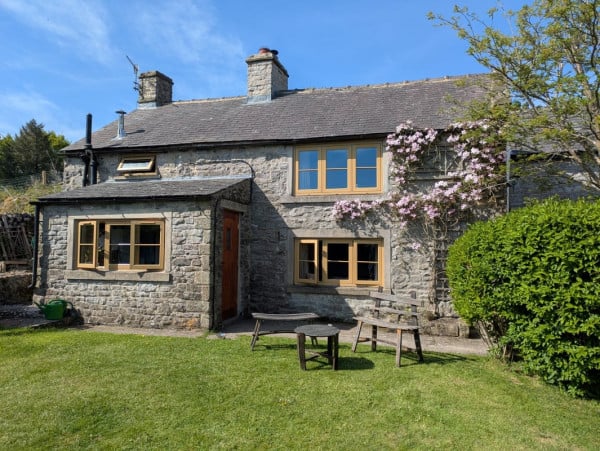
Is Your EICR Due? A 2025 Reminder for DIY Landlords
25.06.2025If you're a landlord who arranged your first Electrical Installation Condition Report (EICR) back in 2020, it's time to check your calendar-your five-year renewal is likely due. Failing to renew could lead to hefty fines and put your tenants at risk. This guide breaks down what you need to know, how to stay compliant, and why acting early can save you stress and money.
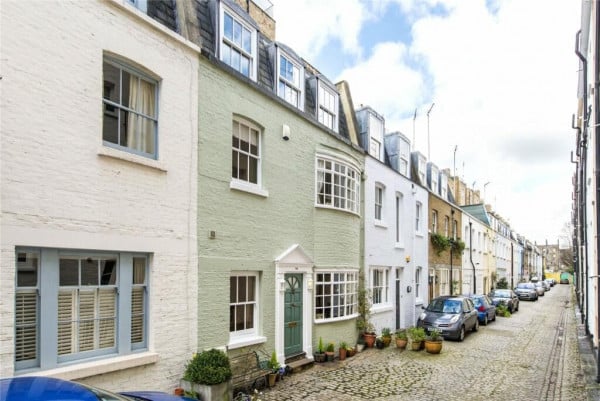
How to Extend Your Lease in 2025: A Seller and Landlord Guide
20.05.2025A short lease can knock thousands off your property's value or scare off potential buyers. The good news? Extending your lease just got simpler under new 2024 legislation. Whether you're selling or letting, this guide explains how to take control and boost your property's appeal – without hiring a traditional agent.
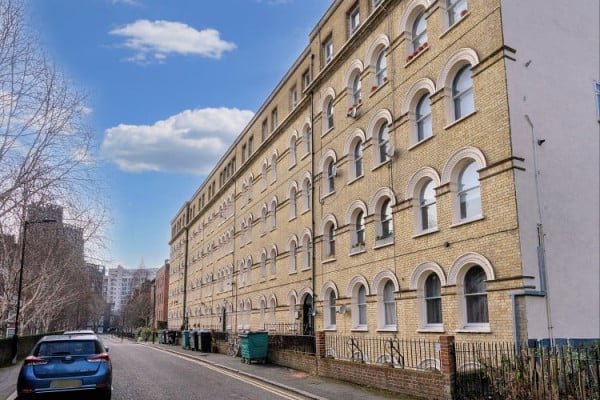
A Landlord’s Guide to Compliance: Navigating Your Legal Responsibilities Without an Agent
31.03.2025For landlords using Emoov's self-marketing platform, the flexibility and control of managing your own rental property come with a significant responsibility: full legal compliance. Without a letting agent to assist, you must ensure your property meets all regulatory requirements. Failing to do so can result in substantial fines or even legal action. This guide covers the key areas of landlord compliance, equipping you with the knowledge to avoid costly mistakes and maintain a legally sound rental property.









